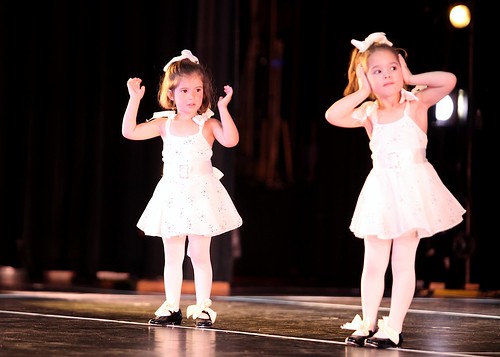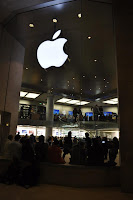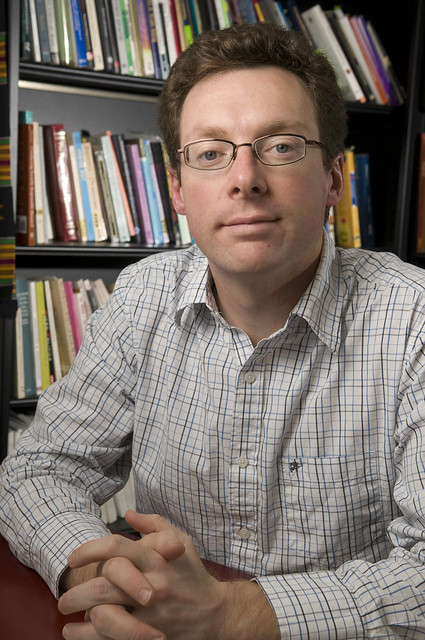Very rarely has one term been embraced
by so many and redefined by almost every discipline that uses it.
The concept of affordance is very important in all areas of design-
whether it is design for a computer interface, design of a commercial
building, or the design of a writing course. These areas often use
the term affordance with different meanings, but underlying it all
(in my humble opinion) the basic concept of affordance is essential
to successful design of everything. To me it is much like Einstein's
Unified Theory, there should be some basic principle that holds
everything together in successful design. However, like the Unified
Theory- it should be there, but somehow it hasn't been found yet.
Even though Norman's interpretation of Affordance is quite different
from Gibson's, they both have important elements of truth that
shouldn't be overlooked. And because of their importance I wanted to offer a few more thoughts on the subject, even though our major focus on this topic was last week- it should be in the back of our mind in all the technological choices we make.
In Donald Norman's article,
“Affordances and Design”, the goal of the educator- their affordance- should be apparent to
the student (or user). If the affordance of the activity is to
encourage interactivity among students with a group writing
assignment, then the tool that is chosen to accomplish this task
should not only really do the task, it should be apparent that this
is the way the task should be accomplished. This is especially
important for educators preparing the environment for our students.
The technologies we use should facilitate the learning and not offer
barriers and frustrations that are not necessary to the learning
process.
Norman's guidelines-
- Follow conventional usage, both in the choice of images and the allowable interactions
- Use words to describe the desired actions
- Use Metaphor
- Follow a coherent conceptual model so that once part of the interface is learned, the same principles apply to the other parts.
The tools that we use to accomplish
our goals should be following a “coherent conceptual model” to
make sure that our real goals are met. Unified interface helps
tremendously in allowing the student to focus on the learning task
and not be distracted by simply struggling with the interface.
This philosophy of User Interface was
fully embraced by Apple in their products. Their philosophy is that
users should be able to accomplish their task in a way where they
don't really feel like they are interacting with a computer, it
should flow intuitively. For many years I was a whole hearted Windows
person. I programmed with Windows products, I understood what was
happening in my computer, but it took years of serious study to get
to the point where I could load a program and be able to find out
what was happening when the computer got slow, needed to be
reformatted, or just needed to be taken apart to fix. Finally I
tried a Mac because we had to use it for my computer graphics class,
it was amazing. Within a few minutes I was able to figure out the
interface and adjust. Drawing with it was so smooth, and the user
interface responded effortlessly to me. After my new Windows laptop
broke down three times in the first year I had it, I started getting
all Apple products (along with the rest of the world). I grew to
really love the ease with which I could accomplish my tasks.
As we choose technology and design
interface- it should DO what we want it to do, and it should be
intuitive in usability. As with any writing project, I always ask my
students- WHO is the audience. If we don't write in a way that
speaks to the audience, then we need to rewrite. If we design and
choose technologies that the students can''t understand or use, then
we need to redesign and rethink our choices. Each item we choose
should make sense and be accessible for the users. Learning a new
way to do things will always be resisted, unless the user sees a
benefit in learning this new task.
This adds a new layer to get to our
affordance, we need to convince the user that it is worth the effort
to learn how to use this tool to get the goal accomplished. This is
where metaphors and storytelling can help people adapt to new
technologies. Much like the Apple iPad ads- “This is what we believe. Technology alone is not enough. Faster, thinner, lighter -- those are all good things. But when technology gets out of the everything becomes more delightful, even magical. That's when you leap forward. That's when you end up with something like this." (Apple, 2011, iPad2 commercial).
Hopefully we can get to that point, where our classes become "delightful, even magical".






















